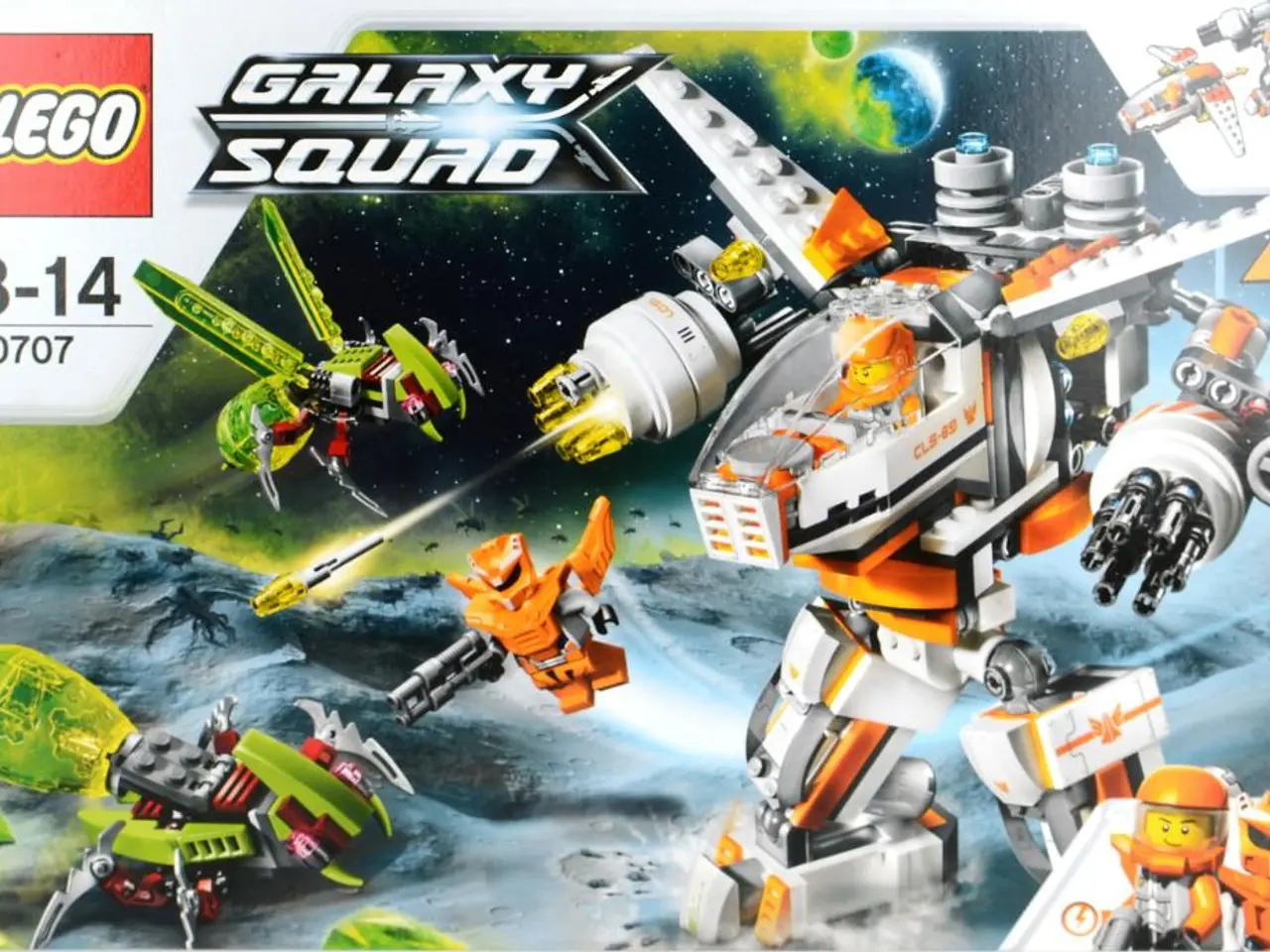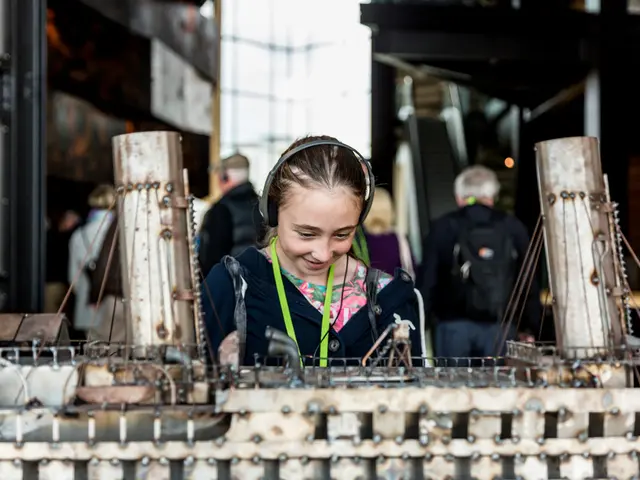International Rover Competition Holds in Leipzig for the First Time
The International Roverchallenge took place in Leipzig, Germany, attracting hundreds of enthusiastic young athletes and 2000 spectators. This competition, organized by the International Space Education Institute (SEI), challenges students and robotics enthusiasts worldwide to design, build, and operate rovers capable of navigating and performing tasks on simulated extraterrestrial terrains, such as Martian or lunar surfaces.
How It Works: Construction, Design, and Competition Details
1. Rover Construction and Design Requirements:
Teams build a single, self-contained, ground-based rover that can operate independently on varied terrain. The rover’s mass must be under 50 kg to avoid penalties; lighter rovers receive score bonuses, while those above 50 kg incur penalties. Rovers over 70 kg are not allowed at the task sites. The rover must be transportable by two team members without a wheeled cart and fit through a door 0.8 m wide either as one or multiple pieces. It must operate continuously for at least one hour on onboard power without external power tethering. The rover must be rugged enough to function under natural terrain and weather conditions, including rain, mud, snow, and darkness.
2. Design and Testing Phases:
Prior to the live competition, teams engage in a design phase involving detailed planning and iterative engineering to meet mission criteria and terrain challenges. Engineering reviews such as the Design Review and Excursion Readiness Review ensure rovers meet stringent operational and safety standards. A rigorous testing phase assesses rovers for maneuverability, durability, and efficiency across the simulated terrain and mission objectives. Teams must pass Operational and Mission Readiness Reviews before the event.
3. Competition Format and Tasks:
Tasks simulate real-world space exploration scenarios on surfaces like Mars or the Moon, requiring rovers to perform navigation, object manipulation, and problem-solving under time constraints. Each task lasts roughly from 45 minutes to 2 hours, with at least one hour of rest or servicing allowed between tasks. Scoring is based on task completion and rover performance, incorporating weight-based bonuses or penalties. Tasks are scored typically out of 100 points, with some having additional bonus points. The competition venues require rovers to handle diverse terrain types and weather conditions that closely mimic extraterrestrial environments.
4. Community and Global Engagement:
Events like NASA’s Human Exploration Rover Challenge (HERC) and regional events such as the International Rover Competition (IRC) in Africa bring together hundreds of students and innovators from multiple countries, fostering teamwork, cross-cultural collaboration, and STEM education. The challenges are aligned with broader space exploration goals, such as NASA’s Artemis mission aiming for Moon and Mars exploration, making these competitions highly relevant to future engineering challenges in space.
The event started at the Old Leipzig Trade Fair in front of Zweirad-Stadler, with six races held over the course of the competition. Students design, construct, and assemble "Moonrovers" with help from Leipzig's partner craft businesses. The Moonrovers have four wheels with pedal drive and can be folded into a cube with a maximum edge length of 1.5 meters for transport in a spacecraft. The drivers showed their best performance, with Cosma, an 18-year-old experienced pilot, having a notable ride with the MDR camera crew.
Interested participants can visit SEI's website for more information, or contact them directly via WhatsApp at 0172 7949 375. SEI plans to organize a larger event next year with international involvement. The qualifying round for Halle will take place in two weeks. The same event will be held on the Halle market on August 24th. Ralf Heckel, SEI founder and CEO, expressed satisfaction with the event, which marked the start of the race with balance bikes in 2022. All participants expressed a desire to win the European and World Championships. The youngest participant was 9-year-old Michael. Entertainment and refreshments were provided throughout the day.
- Despite the International Roverchallenge primarily focusing on the design and operation of rovers for simulated extraterrestrial terrains, some schools or teams might incorporate technology from sports, such as bicycle mechanics, in their Moonrovers' construction, as the vehicles in the competition have four wheels with pedal drive.
- As the International Roverchallenge encourages global engagement and STEM education, it's possible that in the future, technology developed for sports, like advanced materials or wearable devices, might find applications in the competition's rovers, enhancing their efficiency, durability, and overall performance during tasks simulating real-world space exploration scenarios.




